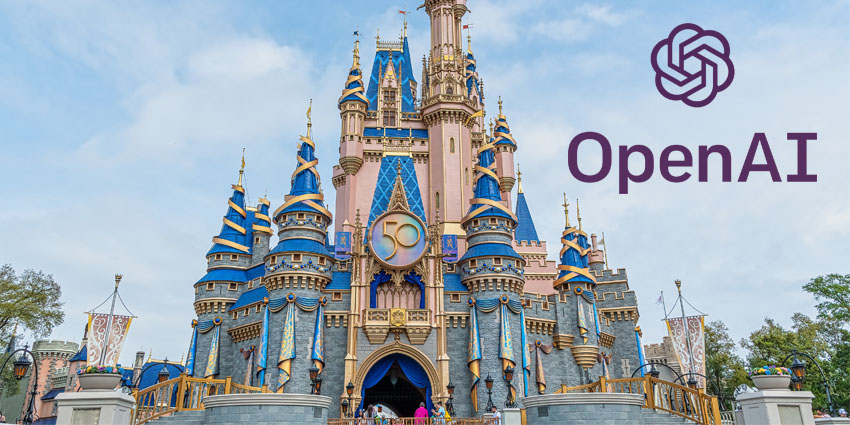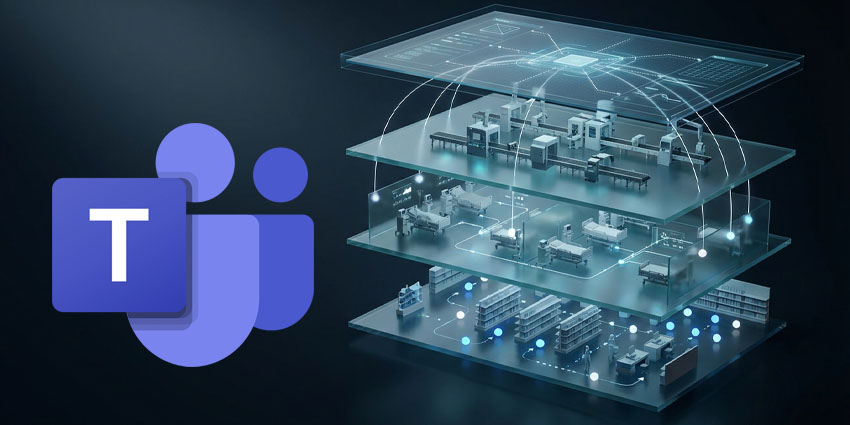Microsoft has confirmed it’s laying off over 9,000 employees, or about four percent of its workforce, in yet another round of cuts this year.
These follow prior rounds in May and June that affected 6,000 employees, including nearly 2,300 in Washington state.
Though Microsoft has stressed the layoffs aren’t tied to employee performance, the messaging has consistently centred on “flattening management” and improving agility.
Yet, public records show just 17 percent of those laid off at its Redmond headquarters this spring were managers, raising questions about where structural changes are truly landing.
Gaming, sales, and marketing divisions were among the hardest hit, with Microsoft Gaming CEO Phil Spencer confirming internal restructuring aimed at “removing layers of management”.
- Microsoft Reportedly Moves to Link Employee Reviews With AI Usage
- Breaking the Infinite Workday: Why Microsoft Says AI Agents Are Key to Becoming a ‘Frontier Firm’
The AI Trade-Off
The restructuring comes as Microsoft pours billions into artificial intelligence infrastructure.
In its just-ended fiscal year, the company spent more than $80 billion on infrastructure (up $25 billion from the prior year) – much of it to support Azure’s role as a global AI backbone.
Microsoft has not explicitly stated that AI is replacing jobs, but the correlation is becoming clearer.
Roles affected in previous rounds, including software engineers and program managers, are increasingly supported – or supplanted – by AI-powered development tools.
At its Build developer conference in May, CEO Satya Nadella demonstrated how AI agents could write, fix, and deploy code with minimal human input.
For IT leaders, the implications are stark: AI is no longer a pilot project or R&D expense – it’s a primary operating lever and it’s forcing hard decisions about talent allocation.
The New IT Org Chart
What does this mean for CIOs and IT leaders?
-
Restructuring could be coming for everyone. Even high-performing teams at Microsoft aren’t immune. With a focus on reducing management layers, middle-tier roles – often crucial in large enterprise IT organisations – are under pressure.
-
AI-readiness is a hiring lens. Microsoft’s cuts are not indiscriminate. While roles in generalist engineering and product management are shrinking, AI specialists, infrastructure engineers, and data experts are likely being retained or recruited at a premium.
-
Efficiency over expansion. Despite record profits ($26 billion last quarter) Microsoft is optimising, not expanding. This suggests a reset in how performance and value are measured: not in team size or project count, but in margin, impact, and alignment with AI strategy.
-
Redefining workforce investment. The tech industry’s investment mindset is shifting. The priority is not headcount – it’s infrastructure, GPUs, and elite talent. If your IT roadmap relies on scaling teams, it’s time to reassess.
The Bigger Picture
Microsoft’s job cuts, though massive, are not an anomaly.
They’re part of a broader realignment across tech, as companies adapt to post-pandemic normalization and the capital-intensive demands of AI.
Intel, Meta, and Salesforce have all slashed numbers in recent months.
Meta revealed it would cut about five percent of its workforce – roughly 3,600 employees – in January, while Salesforce announced it was eliminating more than 1,000 jobs in February.
In May, CrowdStrike’s CEO announced five percent of its workforce would be slashed globally, citing “artificial intelligence efficiencies” created in the business.
For IT leaders, the message is clear: agility, automation, and AI fluency are the new pillars of organisational design.
The days of sprawling hierarchies and expansive product teams may be giving way to leaner, AI-augmented models – and those who adapt fastest will shape the future.







